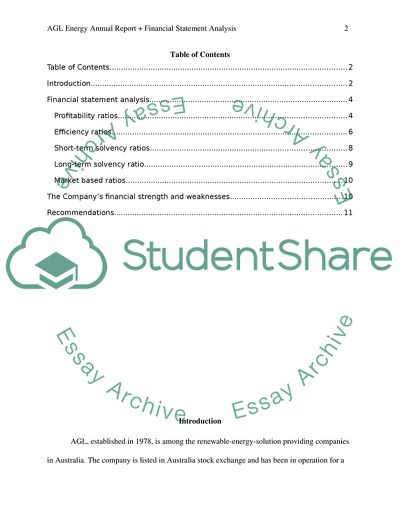Cite this document
(AGL Energy Annual Report Financial Statement Analysis Essay, n.d.)
AGL Energy Annual Report Financial Statement Analysis Essay. https://studentshare.org/finance-accounting/1856274-agl-energy-annual-report-financial-statement-analysis
AGL Energy Annual Report Financial Statement Analysis Essay. https://studentshare.org/finance-accounting/1856274-agl-energy-annual-report-financial-statement-analysis
(AGL Energy Annual Report Financial Statement Analysis Essay)
AGL Energy Annual Report Financial Statement Analysis Essay. https://studentshare.org/finance-accounting/1856274-agl-energy-annual-report-financial-statement-analysis.
AGL Energy Annual Report Financial Statement Analysis Essay. https://studentshare.org/finance-accounting/1856274-agl-energy-annual-report-financial-statement-analysis.
“AGL Energy Annual Report Financial Statement Analysis Essay”. https://studentshare.org/finance-accounting/1856274-agl-energy-annual-report-financial-statement-analysis.


